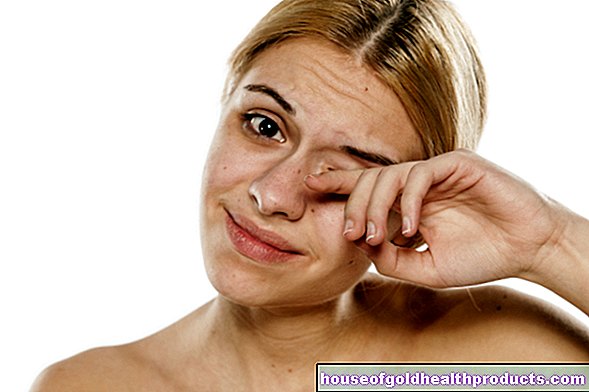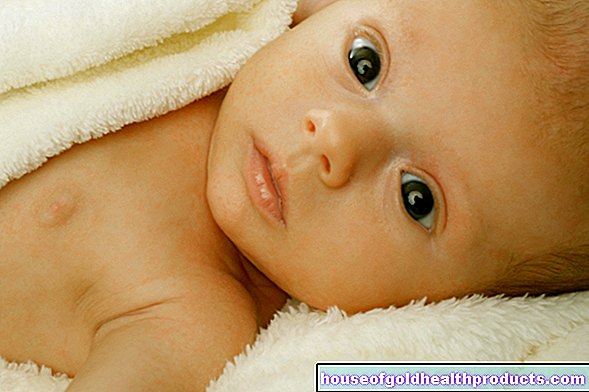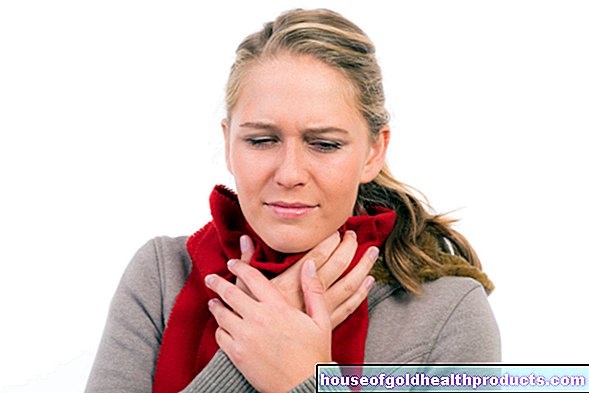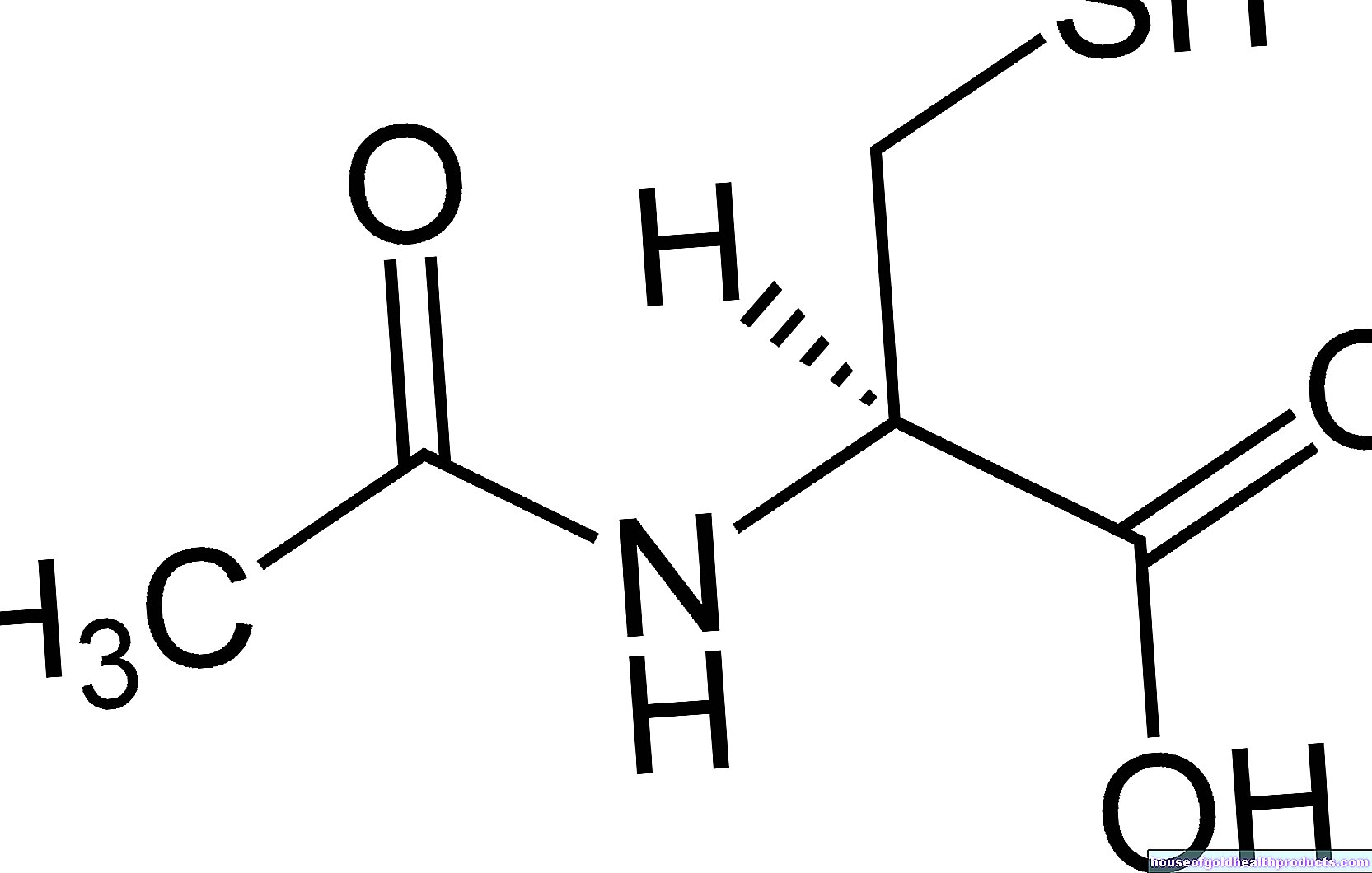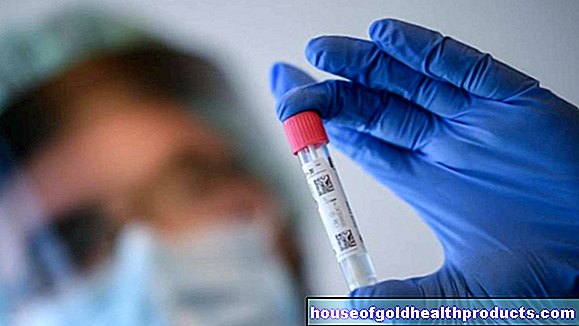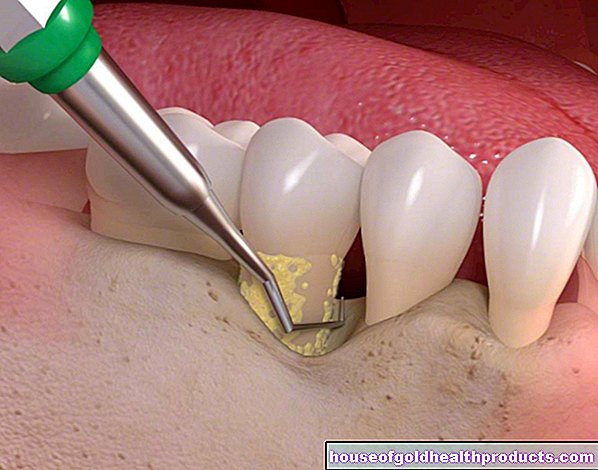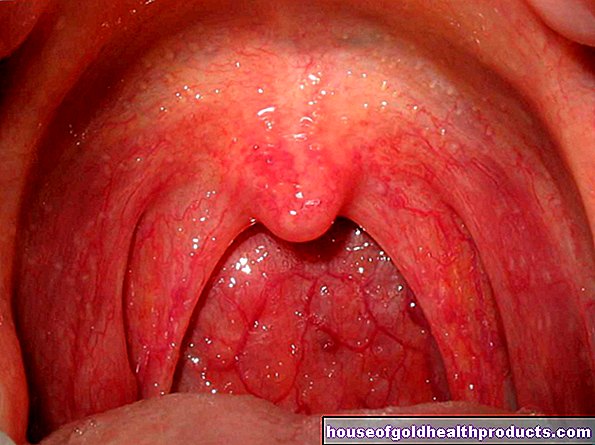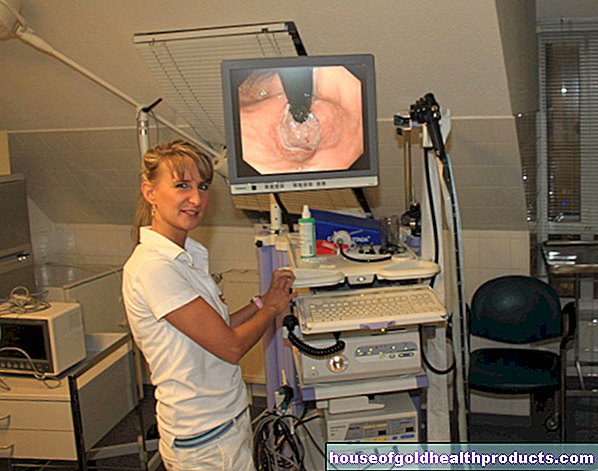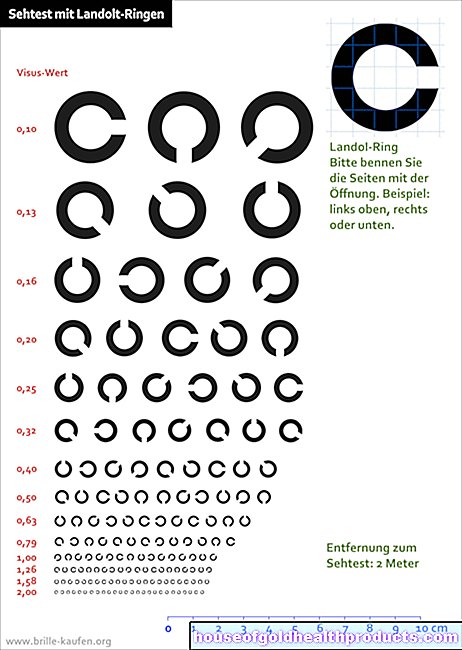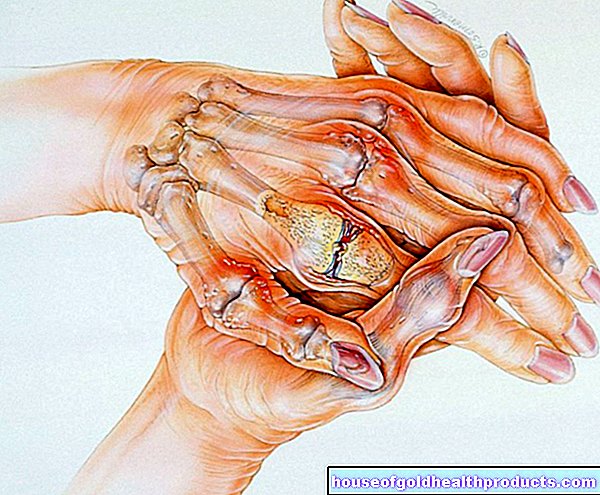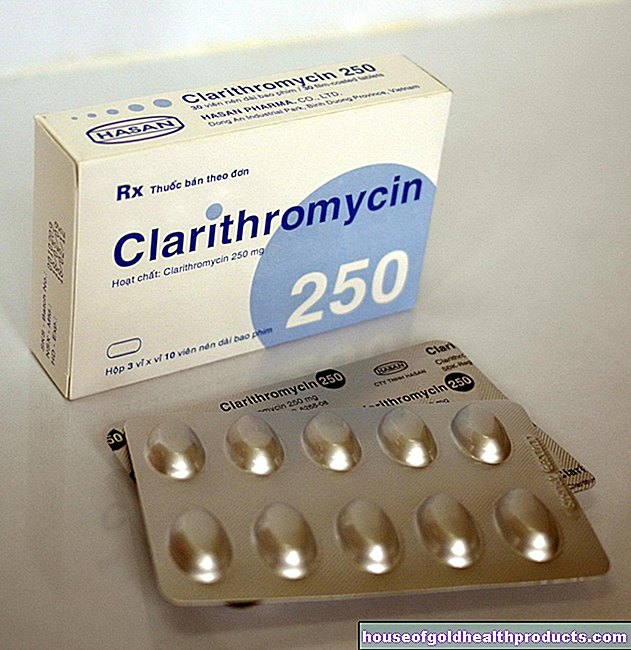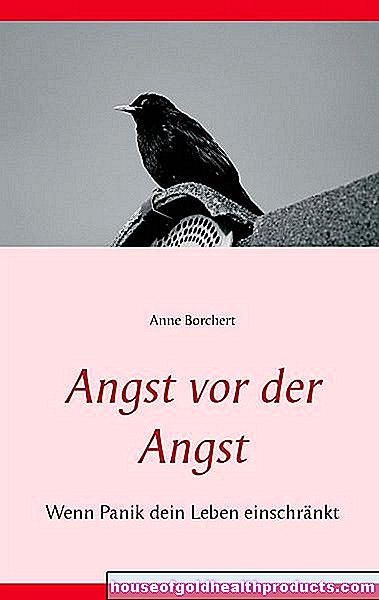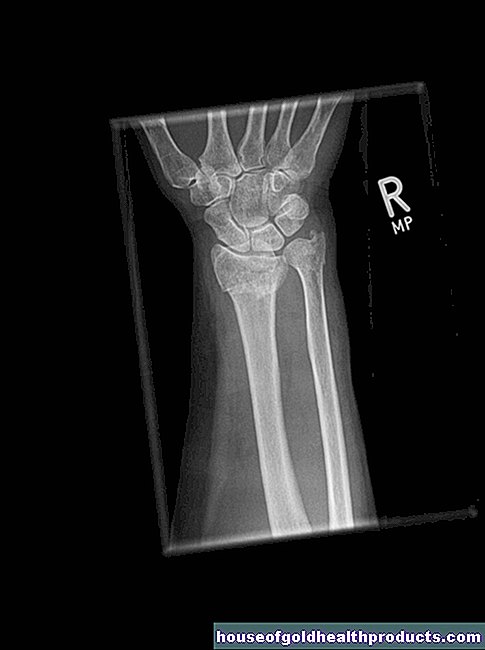Desloratadine
Updated on All content is checked by medical journalists.Desloratadine is what is known as an antihistamine. It blocks the action of the tissue hormone histamine and so relieves allergic reactions such as those that occur with hay fever and hives. In contrast to older antihistamines, the active ingredient does not make you sleepy. Here you can find out exactly how desloratadine works and is used and what side effects the treatment can cause!
This is how desloratadine works
Desloratadine suppresses the effects of histamine (so it is an antihistamine). It belongs to the group of so-called antihistamines of the second generation.
Histamine is a tissue hormone that not only mediates many physiological processes, but also allergic reactions in the body. Which effects the hormone triggers depends on which of its four binding sites (receptor types H1 to H4) on the surface of cells it binds to.
Allergic skin and respiratory reactions (such as airway narrowing and itching) are mediated by the binding of histamine to the H1 receptors. This is therefore the point of attack of desloratadine: As a so-called H1 receptor antagonist, it blocks the H1 receptors and thus prevents the allergic reactions triggered by histamine.
Antihistamines of the 2nd generation - in contrast to the antihistamines of the 1st generation - do not or hardly reach the central nervous system (brain and spinal cord). They therefore only have a slightly sedating effect (dampening, drowsy).
Another 2nd generation antihistamine is loratadine. When it is metabolized in the body, desloratadine is also produced.
Uptake, breakdown and excretion
Desloratadine is taken orally as a tablet or solution and absorbed into the blood through the digestive tract. The maximum concentration in the blood is reached after about three hours.
The active ingredient is metabolized in the liver and excreted in the urine. This elimination is quite slow. Only after around 27 hours does the active ingredient half leave the body (half-life).
When is desloratadine used?
Desloratadine is used for:
- allergic rhinitis (allergic rhinitis, e.g. hay fever)
- allergic hives (urticaria)
This is how desloratadine is used
The antihistamine is usually prescribed as a tablet. A solution is also available for children.
Adults and children over the age of twelve usually take five milligrams of desloratadine per day. Children between the ages of one and five receive 1.25 milligrams or 2.5 milliliters per day. For children between the ages of six and eleven, a dose of 2.5 milligrams or five milliliters is recommended.
What are the side effects of desloratadine?
Desloratadine is usually very well tolerated. The antihistamine rarely causes tiredness, dry mouth or headaches.
Young children between the ages of six and 23 months can rarely develop diarrhea, fever, and insomnia.
What should be considered when using desloratadine?
Contraindications
Patients who are allergic to the active ingredient or the related loratadine should not take desloratadine.
Interactions
If the patient himself or his family has known seizures, desloratadine should be used with caution. This is especially true for younger children, who are more prone to new seizures.
So far, no interactions with other drugs are known.
Age restriction
Desloratadine is approved as an oral solution from one year of age.
pregnancy and breast feeding period
Experience in use during pregnancy and breastfeeding is almost exclusively limited to loratadine. Since desloratadine is the active ingredient of loratadine, this can be assessed similarly. It can therefore be used during pregnancy and breastfeeding.
How to get desloratadine medicines
Both as a tablet and as a solution, desloratadine requires a prescription in Germany, Austria and Switzerland, i.e. it can only be obtained from a pharmacy with a doctor's prescription.
Tags: pregnancy birth news womenshealth